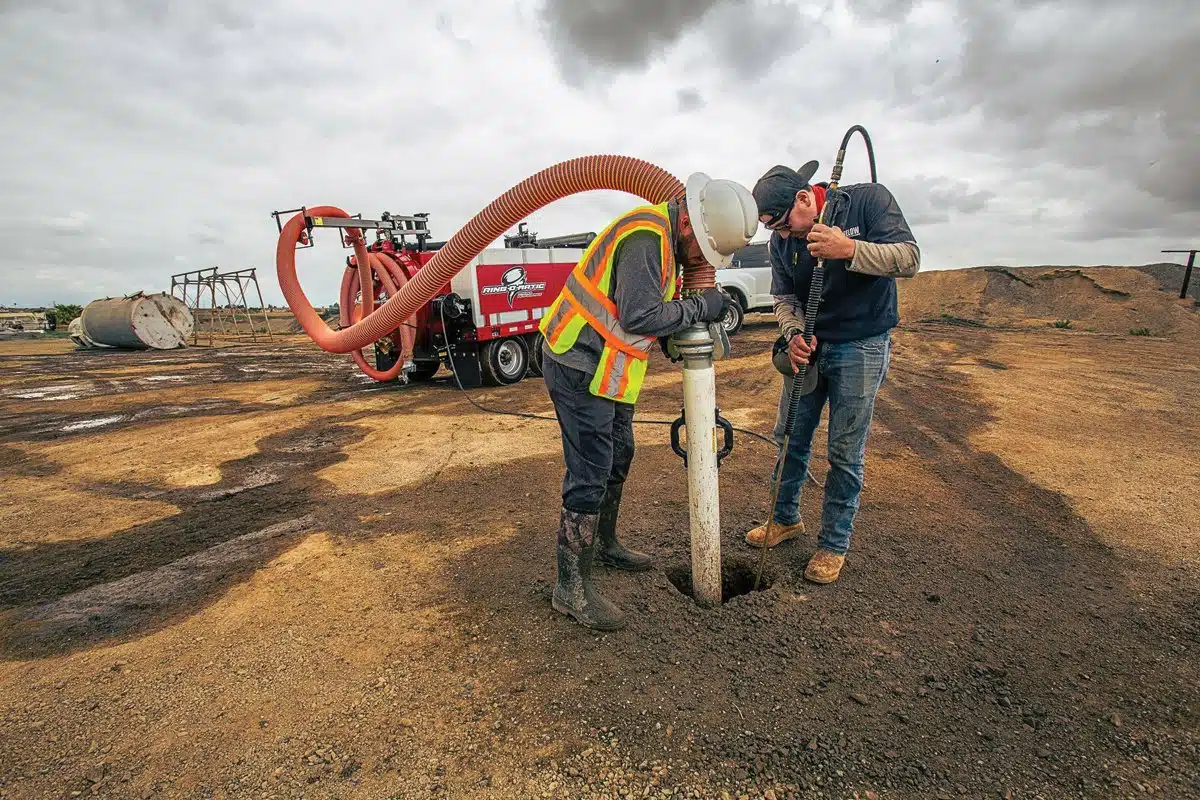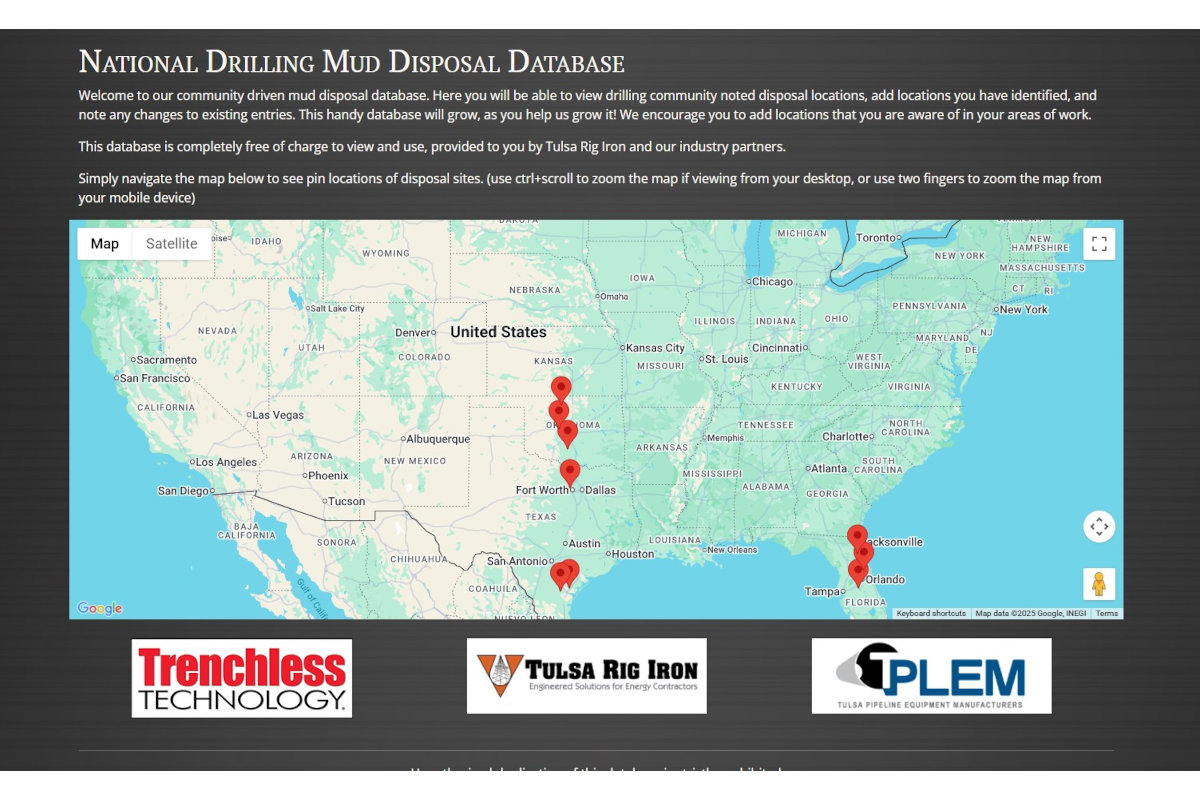
5 Best Practices for Dewatering
Achieving the desired results and efficiencies when dewatering isn’t always easy. It requires a plan designed specifically for the site, along with the right equipment to get the job done.
Effective dewatering also involves keeping an open mind. Not every project is the same, so implementing a solution that was tried and true on one site may not work best for another.
Regardless of the solution, it’s important to have the correct pump type and size, while taking precautions to protect it.
Following some best practices can help keep dewatering projects running smoothly.
No. 1: Know what’s in the water
Understanding what is in the water helps determine the type of pump used for dewatering. Normally, water on a construction site doesn’t have high pH or low pH. Rather, there are typically suspended solids and abrasive matter in it — rocks and sand — that can be damaging to pumps. Contractors must take precautions.
One solution is to use a suction lift pump and float the suction hose with special devices to avoid pulling rocks from the bottom of the area being dewatered. When the water goes up, it will pull in the cleanest water. When the water recedes, the hose never touches the bottom, so it prevents any coarse material from being pulled into the pump.
Applying a reverse filter to an electric-driven, submersible pump is a solution when there is sand in the water. A contractor can create this by placing 3- to 4-in. coarse rock around the pump, then placing 0.25- to 1-in. rock around that. This way, the water filtering toward the pump goes through these layers of rock. This reverse filter is an effective way to protect pumps.
In the case of water having brown, soft soil, and/or alluvium — loose, unconsolidated soil or sediment that has been eroded by the water — any type of pump is usable. Hydraulic, submersible, diesel-driven, suction or electric-submersible pumps can often withstand this material without concern of damage.
No. 2: Account for power and project duration
If a site has electricity available, it follows that a contractor would use electric-driven, submersible pumps for the dewatering project, rated to the available power. For example, if the pumping system needs 2 hp or less to operate, tapping into 110 volts of power would work. If the contractor needs more than 2 hp of pumping, 230 or 460 volts would be required.
In the event that the site doesn’t have power, there are two recourses. If the dewatering project will last for a long period of time — months or even a year — it may be worthwhile to bring electric power into the site. It can be a big upfront investment, but one with low ongoing costs. For shorter projects, it is better and more cost effective to turn to a diesel-driven solution (e.g., diesel-driven pump, generator or hydraulic-powered pumping system), provided there is a means to have diesel delivered either by the contracting company itself or an outside provider.
No. 3: Utilize the proper screens
Having a correctly sized screen to account for the type of materials in the water is another way to protect the pump and maintain an efficient dewatering project. For example, every submersible pump has a screen on it. The holes in the screen need to be smaller than the rocks in the water to prevent them from being carried through into the pump. An end-suction, diesel-driven pump should always have a floating screen. The suction should be floated to prevent it from getting too close to the bottom of the body of water where it will suction materials up. When pumping water from a river or creek, it’s important to follow regulations as to the size of the holes in the screen and maximum velocity allowable through the holes. Doing so protects fish and other aquatic wildlife.
No. 4: Optimize the pump RPMs
Controlling a pump with a submersible level transducer is always a good idea, as it can optimize RPMs on electric, diesel, and hydraulic pumps, helping to create operational and cost efficiencies. The transducer changes the speed of the pump to match the water level.
For a suction-lift pump, the transducer optimizes the available atmospheric pressure. If the water level is high, the pump will spin quickly. If the water level is low, the pump will spin slowly. If the water level keeps dropping, it turns off. This is important because the suspended solids in water wear out the impeller more quickly per gallon pumped, if it’s spinning slowly. If a contractor pumps a million gallons over 10 days with a slow spinning impeller or a million gallons in one day with a high spinning impeller, the impeller will wear out faster at the slower speed despite pumping the same amount of water.
Combining a submersible level transducer with an electric-driven pump has the added benefit of reducing costs. The combination lowers how often the pump starts and the electrical demand, which is the amount of electricity required to support the starts.
No. 5: Determine the need for sedimentation control
In the event that a dewatering project requires the pumped water to be flowed back into a body of water, it’s critical for a contractor to determine if sedimentation control is necessary. Contractors decide this in cooperation with either the Environmental Protection Agency (EPA) or the state’s conservation district. Dirty water going back to a creek, for example, is harmful to the fish because it settles on the bottom, covering their natural habitat and food sources. Sedimentation control to pull the sediment out of the returning water can consist of tanks, filter bags, silt fences, filter vessels, and more. The choice depends on how many gallons of water a minute will pass through.
Final thoughts
On any dewatering project, it’s important to not only get the job done properly, but also get it done safely. While it’s important to use the right equipment for the project, it’s just as important that a contractor and their team feel comfortable operating it. Having a high level of comfort can improve efficiencies. For those looking to rent pump equipment, turning to a trusted rental partner can help with pump selection and expedite the thorough training of existing and new team members.
Dwight Evans is manager, technical support pump and power, pump solutions at Sunbelt Rentals.




